Faculty Learning Community
 What is a Faculty Learning Community (FLC)?
What is a Faculty Learning Community (FLC)?
- Faculty from Diverse Disciplines that come together around a common goal (s) over a define period of time.
- The community represents an ongoing and continuous process where faculty will practice: (a) mutual engagement, (b) joint enterprise and (c) shared repertoire (Wenger 1998 and Wenger et. al. 2002).
- Collaborative Environment that fosters personally meaningful creative work (Ortquist and Torosyn, 2009).
- McGill and Beaty (2001) a continuous process of learning and reflection, supported by colleagues, with an intention of getting things done.
Faculty Learning Community Hallmarks
- Common Goals
- Frequent and Regular Interaction
- Clear Sense of Community/Membership
- A “safe space” to explore new ideas
DSA Faculty Learning Community Goals
The FLC has two major goals:
- To Increase BSU Faculty’s knowledge in Data Science and Analytics through training.
- To incorporate DSA knowledge into diverse courses at Bowie State University through module develop and infusion
 Guidelines
Guidelines
Guidelines for BSU Data Science and Analytics (DSA) Initiative Faculty Learning Community
- Listen and seek to understand before speaking.
- Ask clarifying and probing questions.
- Assume that others speak from a place of good intentions.
- Be willing to challenge one another’s thinking and ideas.
- Separate the impact a comment has upon you from the intent of the speaker.
- Be discreet about any sensitive information other participants may share.
- Provide a level of encouragement and support for one another.
- Assume that everyone is here in good faith and has the interests of the institution at heart.
- Be sensitive about time.
- Do the work and take it seriously.
- Keep focused on the goals and stay on task.
Source: Ortquist-Ahrens, L., & Torosyan, R. (2009). The role of the facilitator in faculty learning communities: Paving the way for growth, productivity, and collegiality. Learning Communities Journal, 1 (1), 29-62.
